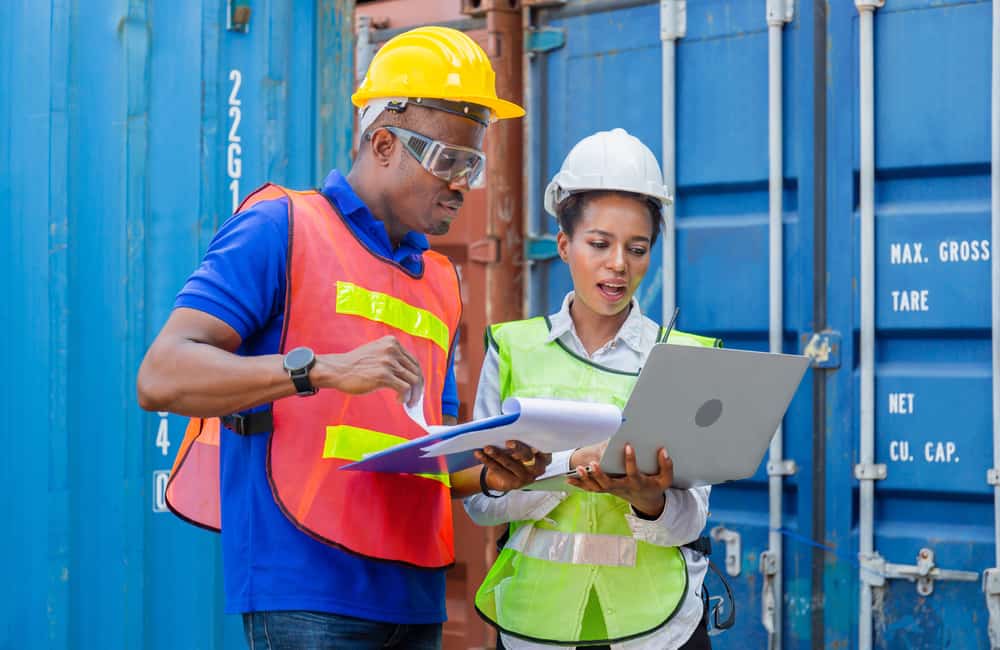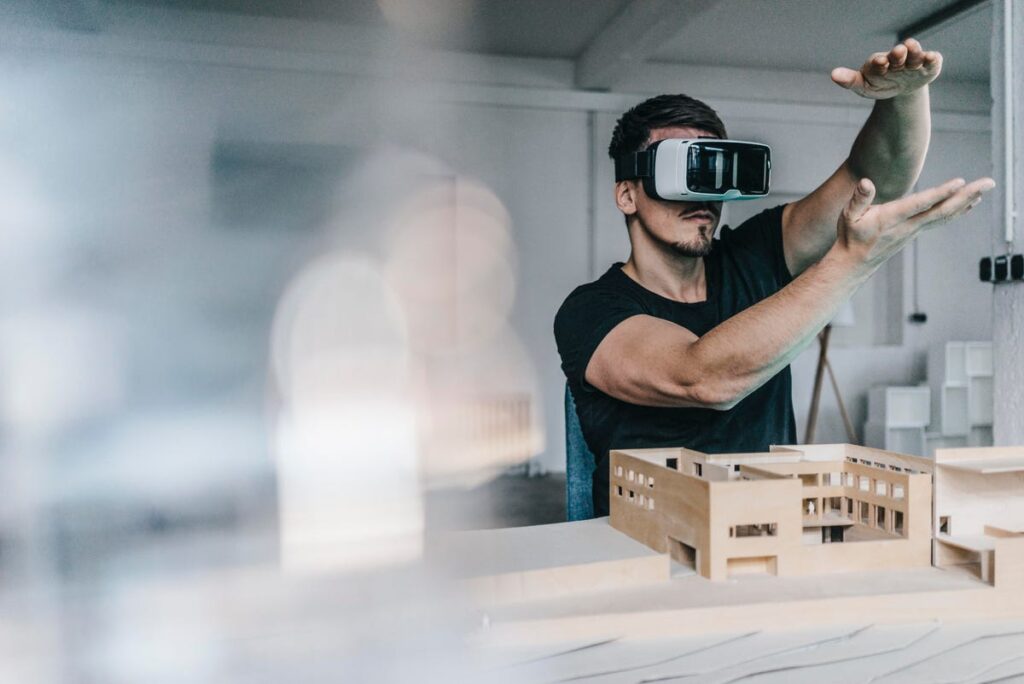Technology has been disrupting almost every industry, and construction is no exception. Construction project management is a complex process that requires a lot of coordination and communication among various stakeholders. However, with the help of technology, the process can be streamlined, resulting in faster completion times, better quality, and reduced costs.
Building Information Modeling (BIM)
Building Information Modeling, or BIM, is a digital representation of a building’s physical and functional characteristics. It allows stakeholders to visualize the building’s design, construction, and operation before it is built. BIM also enables better collaboration among the project team and improves communication between designers, contractors, and owners.
Using BIM, project managers can create a detailed 3D model of the building, which can be used to identify potential issues before construction begins. This helps to reduce the risk of delays and unexpected costs during construction. Additionally, BIM can be used to generate accurate cost estimates, which is essential for managing budgets effectively.
Construction Job Costing Software

Source: workyard.com
Construction job costing software is a powerful tool for managing project budgets. It allows managers to track expenses, labor costs, and material costs in real-time, providing a clear picture of the project’s financial health.
With construction job costing software, managers can create detailed budgets, allocate resources effectively, and monitor progress against budget goals. This helps to ensure that the project stays on track financially, and any potential issues are identified early.
Drones
Drones are becoming increasingly popular in the construction industry. They can be used to survey construction sites, capture aerial footage, and monitor progress. This allows project managers to identify issues quickly and efficiently and make informed decisions.
Using drones, managers can create detailed maps and 3D models of construction sites, which can be used to identify potential safety hazards and plan construction activities more efficiently.
Virtual Reality
Virtual reality (VR) is a technology that allows users to experience a 3D environment using a headset or other immersive device. In construction, VR can be used to create realistic simulations of buildings, allowing stakeholders to visualize the design and construction process before it begins.
Using VR, project managers can identify potential issues and make changes to the design before construction begins, reducing the risk of delays and unexpected costs. Additionally, VR can be used to train workers and test safety procedures, ensuring that everyone is prepared for the construction process.

Source: forbes.com
Conclusion
Technology is transforming the construction industry, and project managers who embrace these tools can streamline processes, reduce costs, and improve the quality of construction projects. By adopting these technologies, managers can ensure that their projects are completed on time, on budget, and to the highest quality standards.
One of the most important tools for managing project budgets is construction job costing software. By using it, project managers can make informed decisions about resource allocation, identify potential issues before they become problems, and ensure that the project stays on track financially. With accurate and up-to-date cost information, managers can adjust their plans as necessary and keep the project moving forward towards a successful completion.



